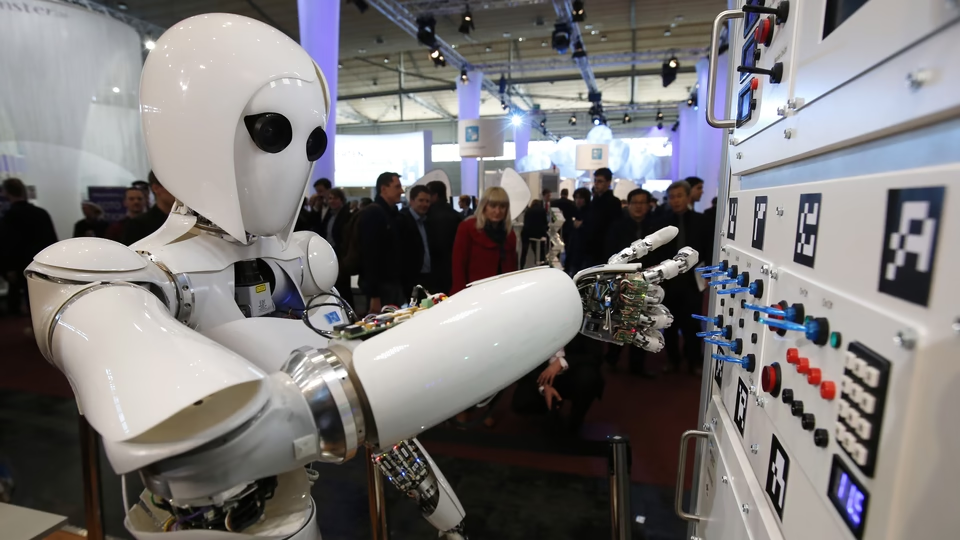The debate about the risks posed by artificial intelligence (AI) encompasses a wide spectrum of opinions among experts. AI researcher Roman Yampolskiy stands out with his stark warning, estimating a 99.9% chance that AI will lead to human extinction within the next hundred years. He emphasizes the challenges of creating AI systems without bugs and controlling them effectively to prevent unintended behaviors. Yampolskiy’s concerns are grounded in the current reality of AI, where even the most advanced models have shown vulnerabilities and been manipulated to perform actions their developers did not intend.
Contrasting Yampolskiy’s dire predictions, other experts offer more moderate assessments. For instance, podcaster Lex Fridman has noted that most AI engineers he speaks with estimate the probability of AI leading to human extinction to be between 1% and 20%. A broader survey of 2,700 AI researchers suggested a 5% chance of AI causing human extinction, reflecting a more tempered view within the research community. These estimates, though lower than Yampolskiy’s, still acknowledge the existence of significant risks associated with AI.
High-profile figures in the tech industry also have varied views on AI risks. Elon Musk has suggested a 10-20% chance of AI destroying humanity, while former Google CEO Eric Schmidt has focused on near-term threats like cyber and biological attacks, suggesting these risks could materialize in three to five years. Schmidt also proposed a straightforward solution if AI were to develop free will: simply unplugging it. This perspective underscores the belief that despite AI’s advancements, human intervention remains a viable option to mitigate its dangers.
Yampolskiy’s perspective, detailed in his book “AI: Unexplainable, Unpredictable, Uncontrollable,” is shaped by the unpredictable and uncontrollable nature of AI advancements. He argues that the complexity of AI systems makes it nearly impossible to guarantee they will be free of bugs or immune to exploitation. Yampolskiy envisions three potential outcomes: total human extinction, widespread human suffering, or a loss of purpose for humanity in a world dominated by more creative and capable AI systems.
The challenges of ensuring AI safety are evident from recent incidents involving AI models. Examples include deepfakes, which have been used to create misleading or harmful content, and Google’s Gemini AI model, which produced erroneous and nonsensical search results. These cases highlight the difficulties in controlling AI behavior and ensuring reliable performance. Such incidents underscore Yampolskiy’s argument that no current AI model is completely safe from being manipulated to perform unintended actions.
Sam Altman, CEO of OpenAI, advocates for a “regulatory sandbox” approach, allowing for experimentation with AI under controlled conditions to identify and mitigate risks. Altman acknowledges the potential for significant negative outcomes but also recognizes the transformative benefits AI can offer in the meantime. This approach suggests a balanced path forward, where innovation can continue while maintaining a focus on safety and regulation.
Overall, while the exact probability of AI leading to human extinction is debated, the consensus is that AI poses significant risks that require careful management and oversight. The diversity of opinions reflects the uncertainty and complexity of predicting the future trajectory of AI development and its impacts on humanity. Most experts agree that while AI holds tremendous potential, it also comes with dangers that must be addressed proactively.
The idea that AI could lead to human extinction might seem far-fetched to some, but the warnings from researchers like Yampolskiy are based on observable trends and technical challenges. AI systems have already demonstrated the ability to learn and adapt in ways that their developers did not fully anticipate. As these systems become more advanced, the potential for unintended consequences grows. This is particularly concerning when considering AI systems that can self-modify and improve over time, potentially outpacing human ability to control them.
In light of these risks, the development of AI safety measures is crucial. Ensuring that AI systems are transparent, explainable, and aligned with human values is a significant challenge. Researchers are working on methods to make AI behavior more predictable and to create frameworks for ethical AI development. However, the rapid pace of AI advancements means that these efforts must be ongoing and adaptable.
If you like the article please follow on THE UBJ.
